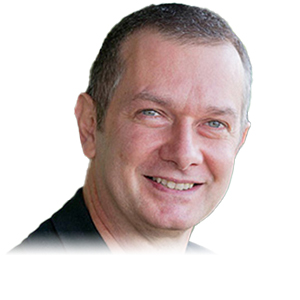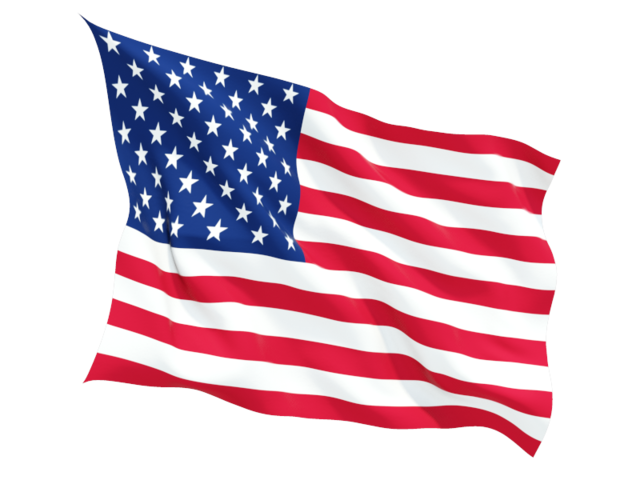Carlo Ventura is MD, PhD, Cardiologist and Full Professor of Molecular Biology at the School of Medicine of the University of Bologna, Italy. He is the Director of ELDOR Lab and of the National Laboratory of Molecular Biology and Stem Cell Engineering of the “Istituto Nazionale di Biostrutture e Biosistemi” (INBB: http://www.inbb.it/en/). He is Editor-in-Chief of the World Journal of Stem Cells.
His studies are focused on regenerative cellular biology, and medicine. Within this context, he has developed innovative devices and methods for the processing of human fat into tissue derivatives, either through microfragmentation or peculiar washing strategies. He has developed a system for the release of a “unified fluid adipose tissue (UFAT)” retaining the features of an intact stromal vascular niche, embedding pericytes as precursor elements of mesenchymal stem cells, as well as a high-yield of exosomes and MUSE (Multilineage Stress Enduring) stem cells, a cell population retaining the characteristics of human pluripotent stem cells in vitro and in vivo. He has developed the first validated method and system to afford efficient cryopreservation and release of human fat tissue derivatives from BioBanks. These achievements are now satisfying the unmet needs of a high number of patients requiring multiple transplantations of fat tissue derivatives over time, while being unable to cope with repeated liposuction procedures owing to their underlying comorbidities (i.e. patients with heart failure, diabetes complications, and vascular diseases patients). His research is also focused on the development of hyperspectral imaging systems, capable of real-time assessment of cell vitality and tissue integrity in human fat tissue derivatives, immediately prior to transplantation, or cryo-banking.
He is providing evidence that cells and stem cells entail bioelectronic circuits and are able to produce physical energies, like electromagnetic fields, nanomechanical vibrations (including sounds) and light. These oscillatory patterns exhibit features of connectedness and synchronization, a major form of recognition, and even biomolecular recognition, without the necessity for the signaling molecules to touch each other’s. His work shows that (stem) cells not only produce but perceive physical forces, and can be reprogrammed by such energies into more efficient regenerative cells for the cure of multiple diseases.
These biophysical dynamics entail another intriguing level of unfolding: a Morphogenetic Code, a software of Life capable of orchestrating shapes and functions, from the molecular/supramolecular assembly, up to the cell fate, ensuing into the macroscopic, large-scale anatomy. He is currently engaged in developing a Regenerative Medicine relying upon the diffusive features of such energies, to afford efficient reprogramming in situ of our tissue-resident stem cells. This strategy is paving the way to a Regenerative/Precision Medicine executed without the needs for cell or tissue transplantation, being based upon the optimization of our intrinsic self-healing potential.
In 2011, he founded VID Art|Science (https://vidartscience.org), an international transdisciplinary movement encouraging the common journey of artists and scientists to bridge a consciousness shift toward the awareness of the inherent unity of arts and sciences. VID is the abbreviation of “vide”, the Latin imperative singular of videre, “to see.” VID therefore means: See! Have a vision! At VID art|science, artists and scientist pursue a transdisciplinary journey, showing that artistic manifestations can speak to the innermost levels and dynamics of our biology. Consonant with these findings, artists are evolving toward expressive forms autonomously inspired by a scientific landscape made of novel discoveries and paradigms.




